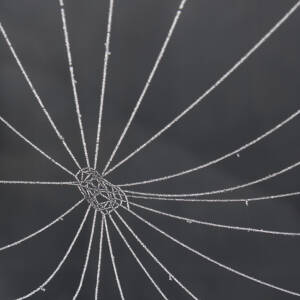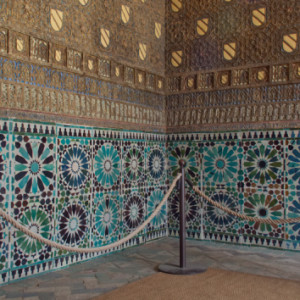Grail
I'm in Spain for Cordoba and I'm in Cordoba for the Mezquita-Catedral (Mosque-Cathedral) of which I've seen lots and lots of pictures but about which I know very little.
I'm so glad I went to the cheapskate free 50 minutes first thing this morning. I read nothing about the history or its complicated structure but just let the shapes and the light seep in.
Then I went off for breakfast in a tiny friendly bar by the river.
My next choice of visit was fortuitous: Torre de Calahorra is billed as a museum of Andalusian history - but is actually a rather odd plea for us all to put some effort into getting on together the way the Muslims, Jews and Christians did in 8th century Cordoba. Allegedly. It includes a large model of the Mosque (which was started in 784 and enlarged in 961 and again in 987) as it looked before the Christians built a cathedral right in the middle of it in the 16th century (yeah, I'd had my doubts about this 'getting on' business).
Once I had a clear picture of how it looked originally, I was ready to go back, buy a proper ticket and take in more about its history and structure. Fascinating, weird, mesmerising and very beautiful. First I walked up and down the mosque naves, looking at the double arches and the wooden ceiling. Then I walked all round the edges where the Christians blocked out the exterior light by building chapels. Finally I walked into the cathedral part, whose construction involved removing quite a lot of the mosque columns, building very much higher than the original mosque and installing windows to let the light in from above.
I didn't intend to take any pictures because there are so many on the internet and anyway at least a million were taken in there today, but I couldn't help myself. So here is my take.
Three times I tried to leave and three times I was pulled back in to look some more. After two-and-a-half hours I finally managed to haul myself out of the door.
I had no need of anything else today but I called in on the tiny funerary chapel of San Bartolomé (extra) with its exquisite tiles in Mudéjar style (a term used for Moorish people and design that remained in Spain after the Christians had recaptured the Iberian peninsula in the 12th century).
I am immensely glad I came here.


Comments
Sign in or get an account to comment.


